Código
P55
Área Técnica
Retina
Instituição onde foi realizado o trabalho
- Principal: Universidade de São Paulo (USP)
Autores
- ISABELA FRANCO VILLELA (Interesse Comercial: NÃO)
- Rodrigo Jorge (Interesse Comercial: NÃO)
Título
INTRAVITREAL ACETAZOLAMIDE IMPLANT FOR PSEUDOPHAKIC CYSTOID MACULAR EDEMA
Objetivo
To test the safety of intravitreal use of acetazolamide implant (260 mcg) for the treatment of cystoid macular edema refractory or relapsing or intolerant to traditional treatment.
Método
An intravitreal acetazolamide implant was performed after patients agreement: Implant containing 260 μg of acetazolamide was placed via pars plana into the vitreous cavity, using a 25-gauge trocar-cannula (Alcon, Fortworth, Texas). Follow up was performed with ophthalmologic examination, optical coherence tomography, electroretinogram and laboratory tests. The study protocol adhered to the tenets of the Declaration of Helsinki and was approved by the local and National Institutional Review Board. All participants gave written informed consent. Patients were evaluated at the Retina and Vitreous Section at our service between March 2022 and January 2023.
Resultado
After 6 months there was no change in the electroretinogram of both patients as well as in the laboratory tests. In the first patient, there was progressive reduction of cystoid macular edema: central subfield thickness at baseline was 605 μm and reduced to 269 μm 6 months after implant insertion. This patient also had 03 mmHg of IOP pressure reduction at the same time interval. In the second patient, there was a 400 μm reduction in CSFT in the first month. The acetazolamide sustained-release intravitreal implant seems to stay in the vitreous for many months. So far, six months after the procedure, the implants performed in these patients are still visible, although smaller. In addition, this implant has the advantage of not increasing intraocular pressure and may even reduce it, since it is a medication used in patients with ocular hypertension, as seen in the first case report.
Conclusão
We show that PCME - Pseudophakic cystoid macular edema, refractory to conventional treatment could be improved after intravitreal acetazolamide implant.To our knowledge, there is no other report of intravitreous acetazolamide implants in humans. More studies and cases are warranted to confirm these early preliminary findings.
Número de protocolo de comunicação à Anvisa: 2022379801